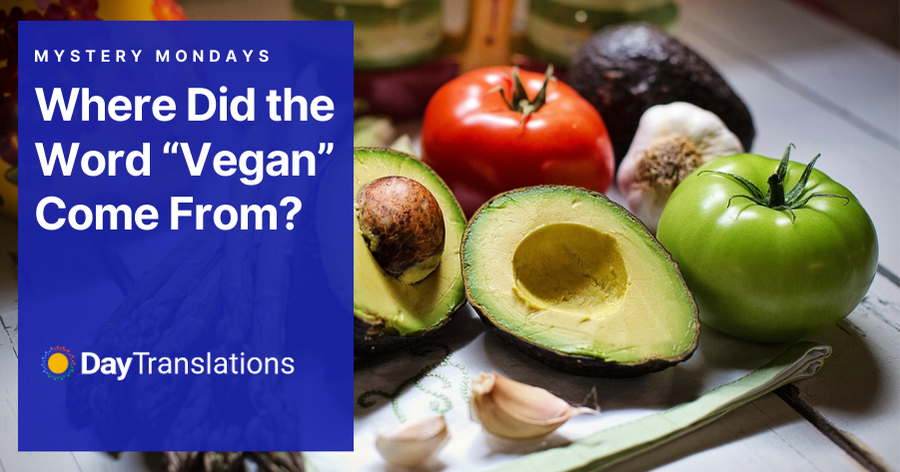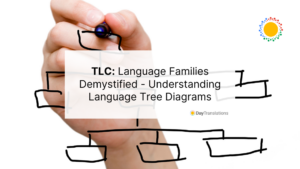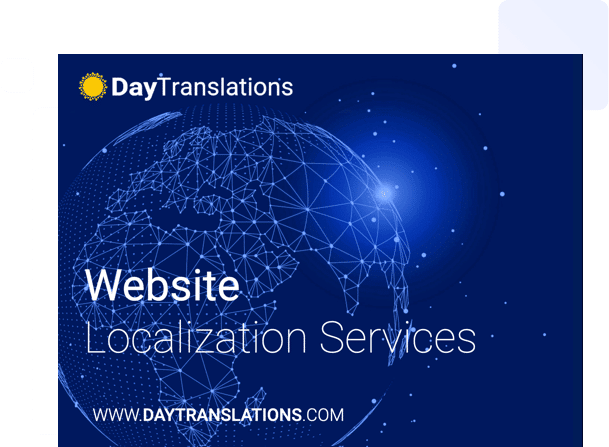Welcome back to The Language Classroom—where language takes centre stage in all its fascinating forms! This week, we’re stepping into the digital world to explore a different kind of language: the one we use to talk to computers. That’s right, we’re talking about programming languages.
But don’t worry, you don’t need to be a tech wizard to understand this! Just like human languages, programming languages have changed a lot over time. Let’s find out how.
First Things First: What Are Programming Languages?
A programming language is a specialized kind of language that enables humans to instruct computers on what to do. It’s like giving instructions, but in a way the computer can understand. Each line of code is akin to a sentence, and the computer “reads” it to carry out specific actions.
Just as we have English, Spanish, or Zulu to communicate with each other, programmers have Python, JavaScript, and C++ to interact with machines.
How Did Programming Languages Begin?
The 1940s–1950s: Machine and Assembly Language
Imagine having to speak in only 1s and 0s. That’s what early programmers did! This was called machine language—the most basic way to communicate with a computer. It was super hard and easy to mess up.
Then came assembly language, which used short codes like ADD or MOV to make things a little more human-friendly. Still tricky, but way better than binary!
The 1950s–60s: High-Level Languages Are Born
Now things get exciting. Languages like FORTRAN and COBOL were developed to look more like English. Suddenly, you could write things like:
IF X = 10 THEN PRINT “Hello”
This was a game-changer—it opened the door to faster coding and more programmers.
Getting Smarter: Modern Programming Languages
1970s–1990s: Languages Get Organized
New languages like C, Pascal, and later C++ helped programmers create software for personal computers. These languages were used to build operating systems and early games. They introduced powerful ideas like “functions” and “objects” to make code more reusable and efficient.
2000s–Now: Simpler, Faster, Friendlier
Today’s most popular languages—like Python, JavaScript, and Ruby—are designed to be easy to read and write. You don’t need to be a genius to get started. For example, in Python, you can just write:
print(“Hello, world!”)
And boom! The computer says hello. Simple, right?
Programming Language and Human Dialects: More Alike Than You Think
Just like human languages:
- Programming languages evolve to meet new needs
- They have rules (grammar) and vocabulary (keywords)
- Some are more formal, others more casual
- People argue over which one is “better” (like the Coke vs Pepsi of tech!)
And just like in human language, there’s always something new to learn. Languages like Swift (for iOS apps) and Go (from Google) are gaining popularity every year.
Why Does This Matter?
Understanding the evolution of programming languages helps us see how humans shape technology, and how it shapes us back. Whether you’re learning to code or just curious, programming languages are proof that communication is powerful, even when it’s between a person and a machine.












Sorry, the comment form is closed at this time.